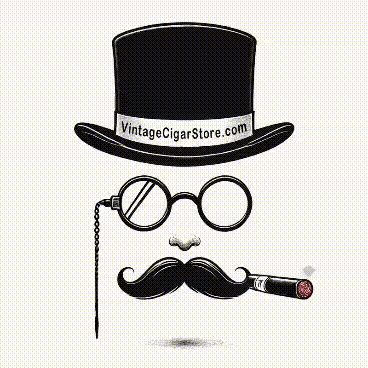Sold out
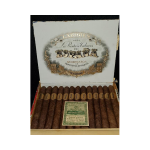
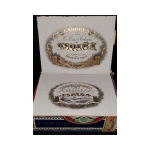
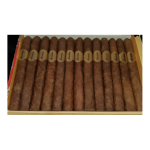
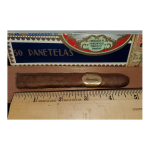

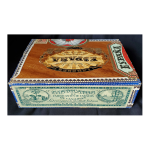
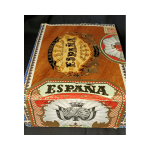
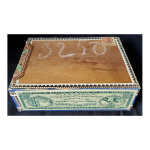








$20.00
This box was a sealed box until it was opened for inspection prior to listing. The aromas for the box when opened were incredible, like walking into a spice shop. These were manufactured in the 1930s Canary Islands factory of Jose Arrocha under strick union guidance. I have include an excerpt for a 1998 Cigar Aficionado article regarding Canary Island cigars and their use of Cuban Tobacco. Don't pass up these Maduros.
"The chief factor that differentiates Canary Island cigars from most others is the strong tradition of using Cuban tobacco in their blends. Cigar, cigarillo and cigarette producers on the islands have always used tobacco from two of Cuba's prominent growing areas, the Vuelta Abajo and Remedios. The former is the same area that produces great Havanas (or "Habanos," as the Cubans like to call their hand-rolled smokes), while the latter region traditionally produces a strong, dark tobacco for cigarettes."
Out of stock
This box was a sealed box until it was opened for inspection prior to listing. The aromas for the box when opened were incredible, like walking into a spice shop. These were manufactured in the 1930s Canary Islands factory of Jose Arrocha under strick union guidance. I have include an excerpt for a 1998 Cigar Aficionado article regarding Canary Island cigars and their use of Cuban Tobacco. Don't pass up these Maduros.
"The chief factor that differentiates Canary Island cigars from most others is the strong tradition of using Cuban tobacco in their blends. Cigar, cigarillo and cigarette producers on the islands have always used tobacco from two of Cuba's prominent growing areas, the Vuelta Abajo and Remedios. The former is the same area that produces great Havanas (or "Habanos," as the Cubans like to call their hand-rolled smokes), while the latter region traditionally produces a strong, dark tobacco for cigarettes."
